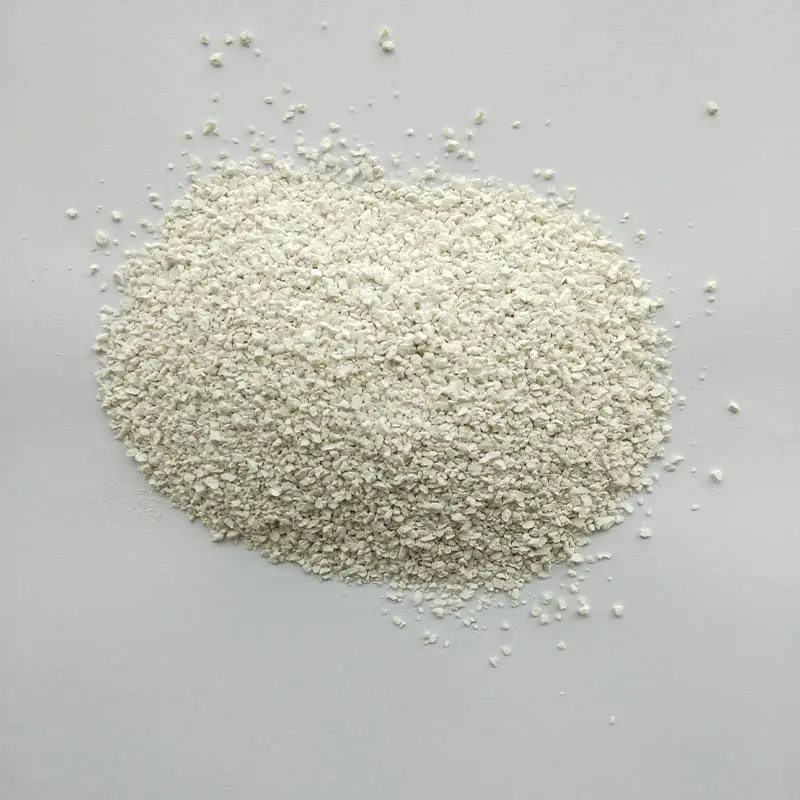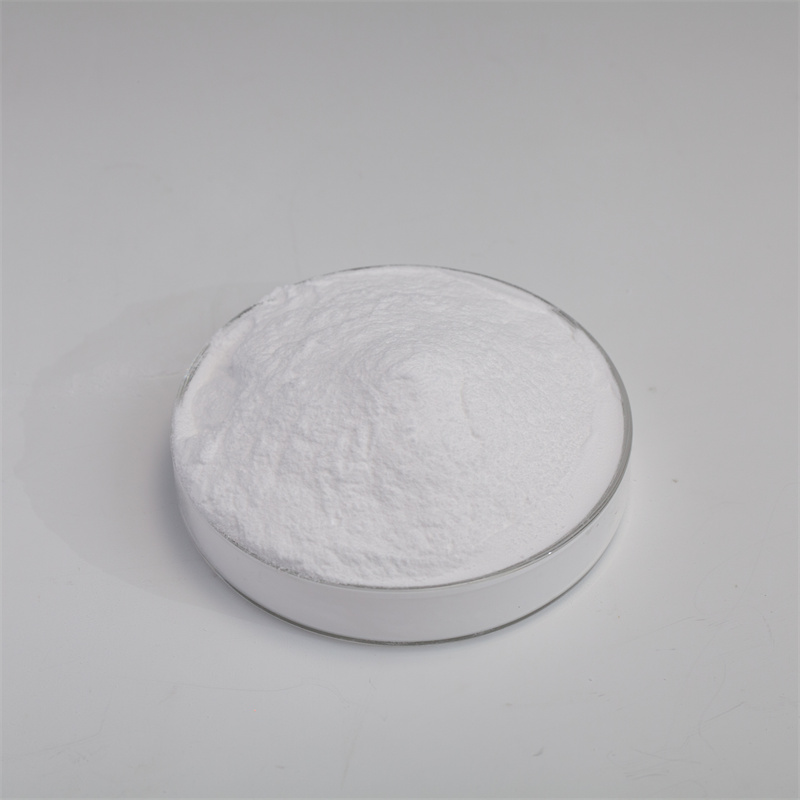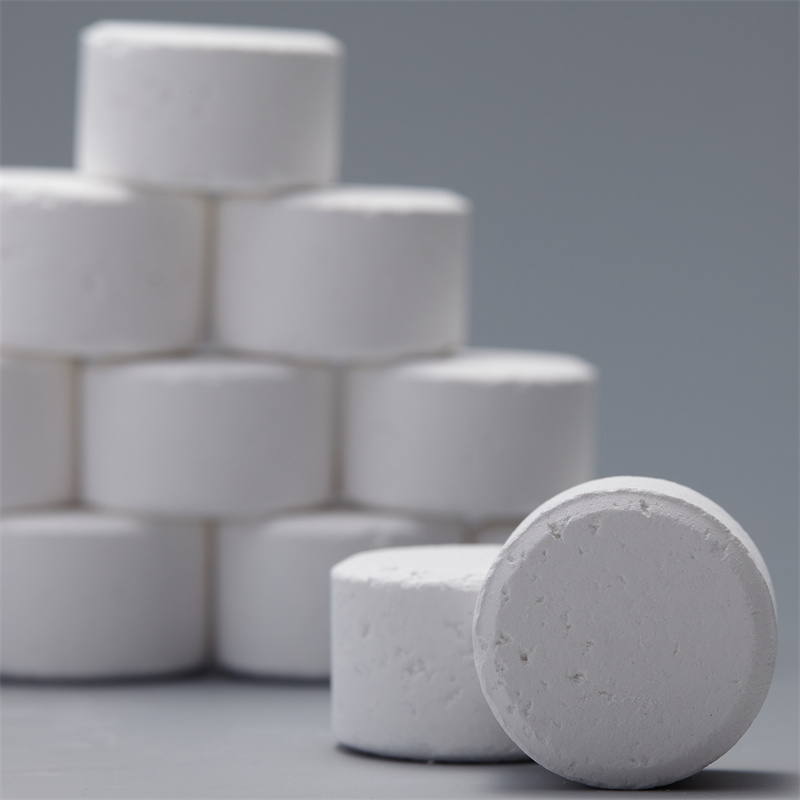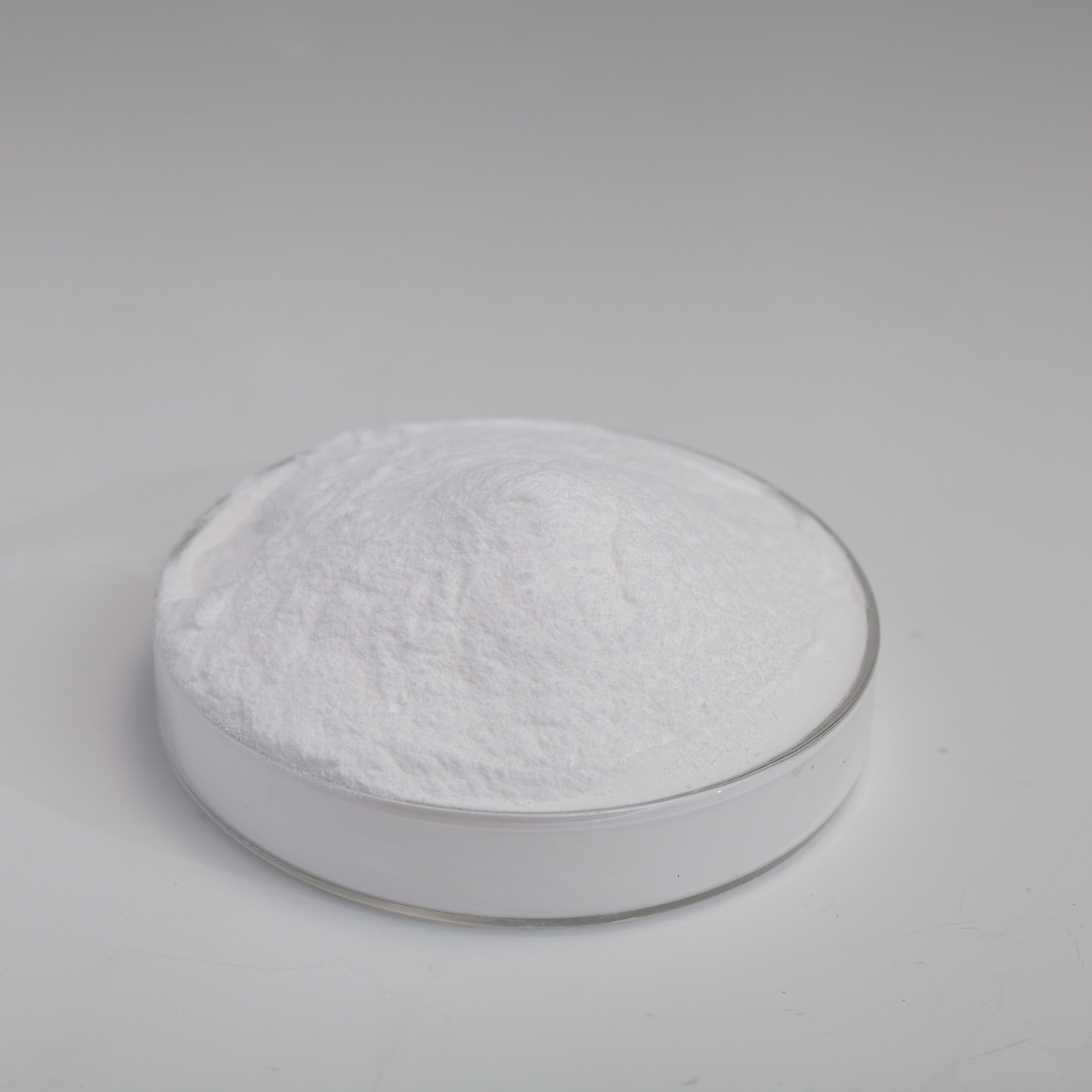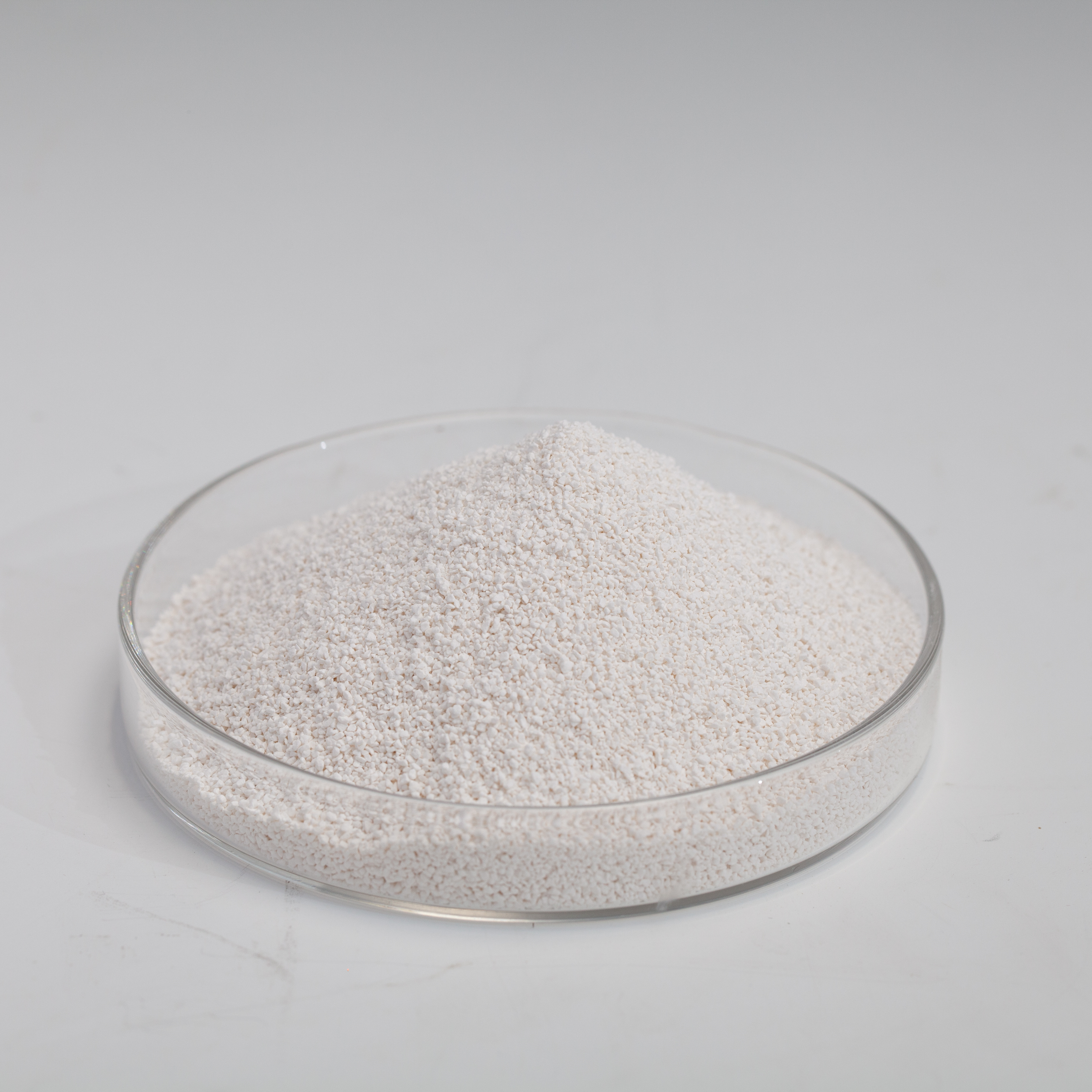Calcium Hypochlorite mo le inu vai
Folasaga
O le Calcium hypochlorite o se vailaʻau faʻapitoa e masani ona faʻaaogaina e fai ma faʻamaʻi pipisi ma faʻamaʻi, e aofia ai mo togafitiga vai. O loʻo iai le chlorine, lea e aoga i le tapeina o siama, siama, ma isi microorganisms.
Fa'amatalaga Fa'apitoa
| Aitema | Fa'asinomaga |
| Fa'agasologa | Fa'agasologa o le sodium |
| Fa'aaliga | Pa'epa'e i le lanu efuefu malamalama po'o papa |
| chlorine avanoa (%) | 65 MIN |
| 70 MIN | |
| Susū (%) | 5-10 |
| Fa'ata'ita'iga | Sa'oloto |
| afifi | 45KG po'o le 50KG / Palasitika pa'u |
Puipuiga mo vai inu vai
E taua le maitauina o le faʻaaogaina o le calcium hypochlorite mo vai inu vai e manaʻomia ai le faʻaeteete ma le usitaʻia o taʻiala fautuaina, ona o le tele o aofaiga e mafai ona afaina.
1. Fuafuaga:E taua tele le fa'aogaina o fua talafeagai o le calcium hypochlorite e fa'amautinoa ai le fa'amama lelei e aunoa ma le fa'aleagaina o le saogalemu. E mafai ona fesuisuia'i mea e mana'omia e fuaina e fa'atatau i mea e pei ole lelei ole vai, vevela, ma le taimi e fa'afeso'ota'i ai.
2. Dilution:O le calcium hypochlorite e masani ona fa'aopoopo i le vai i se faiga fa'afefeteina. Mulimuli i fua faatatau fa'amuta ua fa'ailoa mai e le gaosi oloa po'o ta'iala talafeagai e ausia ai le fa'atonuga mana'omia mo le fa'amama.
3. Su'ega:Ia mata'itu pea ma su'e le maualuga ole chlorine o totoe i totonu ole vai fa'amama. E fesoasoani lea e fa'amautinoa ai o lo'o lelei le fa'amamago ma o le vai e saogalemu mo le taumafaina.
4. Taimi fa'afeso'ota'i:Ole taimi fa'afeso'ota'i talafeagai e mana'omia mo le chlorine e fa'amama lelei ai le vai. Ole taimi e mana'omia mo le chlorine e fa'atino e fa'alagolago ile mea e pei ole vevela ole vai ma meaola ninii o lo'o iai.
5. Faiga Saogalemu:O le calcium hypochlorite ose vaila'au fa'ama'i malosi ma e ono lamatia pe a le taulimaina lelei. Fai mea e puipui ai le tagata lava ia (PPE) talafeagai, e pei o totigilima ma mata tioata, pe a tagofia le vailaʻau. Mulimuli i taʻiala saogalemu ma fautuaga na tuʻuina mai e le gaosiga.
6. Tulafono Faatonutonu:Ia nofouta ma usitaʻia tulafono faʻalotoifale ma taʻiala e fesoʻotaʻi ma le faʻaogaina o vailaʻau faʻamaʻi ile vai inu vai. O itulagi eseese e ono iai ni tulaga ma'oti ma tulaga fa'atagaina mo le chlorine i vai inu.
7. Chlorine o totoe:Fa'atumauina le maualuga ole chlorine o totoe i totonu ole la'asaga fautuaina ina ia mautinoa le fa'amama fa'agasolo a'o fealua'i le vai i faiga fa'asoa.
E fa'afefea ona ou filifilia vaila'au sa'o mo la'u talosaga?
E mafai ona e ta'u mai ia i matou lau fa'ata'ita'iga, e pei o le vaita'ele, uiga o vai otaota, po'o le faagasologa o togafitiga o lo'o iai nei.
Po'o, fa'amolemole tu'u mai le ituaiga po'o le fa'ata'ita'iga o le oloa o lo'o e fa'aogaina nei. O la matou 'au faʻapitoa o le a fautuaina le oloa sili ona talafeagai mo oe.
E mafai foi ona e auina mai ia i matou faʻataʻitaʻiga mo suʻesuʻega falesuesue, ma o le a matou faʻatulagaina mea tutusa pe faʻaleleia atili e tusa ai ma ou manaʻoga.
E te tu'uina atu auaunaga OEM po'o fa'ailoga tumaoti?
Ioe, matou te lagolagoina aganuʻu i le faʻailoga, afifiina, faʻatulagaina, ma isi.
O fa'amaonia au oloa?
Ioe. O a matou oloa e faʻamaonia e le NSF, REACH, BPR, ISO9001, ISO14001 ma ISO45001. E iai fo'i a matou pateni fou a le atunu'u ma galulue fa'atasi ma falegaosi pa'aga mo su'ega SGS ma su'esu'ega o tulagavae kaponi.
E mafai ona e fesoasoani ia i matou e atiina ae ni oloa fou?
Ioe, e mafai e le matou 'au fa'atekinisi ona fesoasoani i le atina'eina o fua fa'atatau fou po'o le fa'amalieina o oloa o lo'o iai.
O le a le umi e te tali atu ai i fesili?
Tali i totonu ole 12 itula ile aso faigaluega masani, ma fa'afeso'ota'i ile WhatsApp/WeChat mo mea fa'anatinati.
E mafai ona e tu'uina atu fa'amatalaga atoa e auina atu i fafo?
E mafai ona tuʻuina atu se seti atoa o faʻamatalaga e pei ole pili, lisi faʻapipiʻi, pili o uta, tusi faamaonia o le amataga, MSDS, COA, ma isi.
O le a le mea e aofia ai auaunaga pe a uma ona fa'atau?
Tuuina atu le lagolago faʻatekinisi pe a uma ona faʻatau atu, taulimaina faʻasea, suʻesuʻeina o mea faʻatau, toe tuʻuina atu poʻo taui mo faʻafitauli lelei, ma isi.
E te tu'uina atu ta'iala mo le fa'aogaina o oloa?
Ioe, e aofia ai faʻatonuga mo le faʻaogaina, taʻiala o le faʻaogaina, mea tau aʻoaʻoga faʻapitoa, ma isi.


